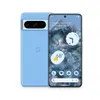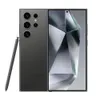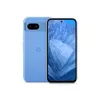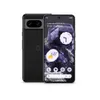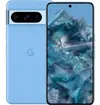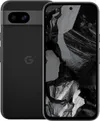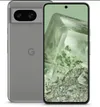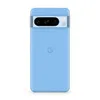I finally tried a phone with a curved screen, and now I know why they're dying
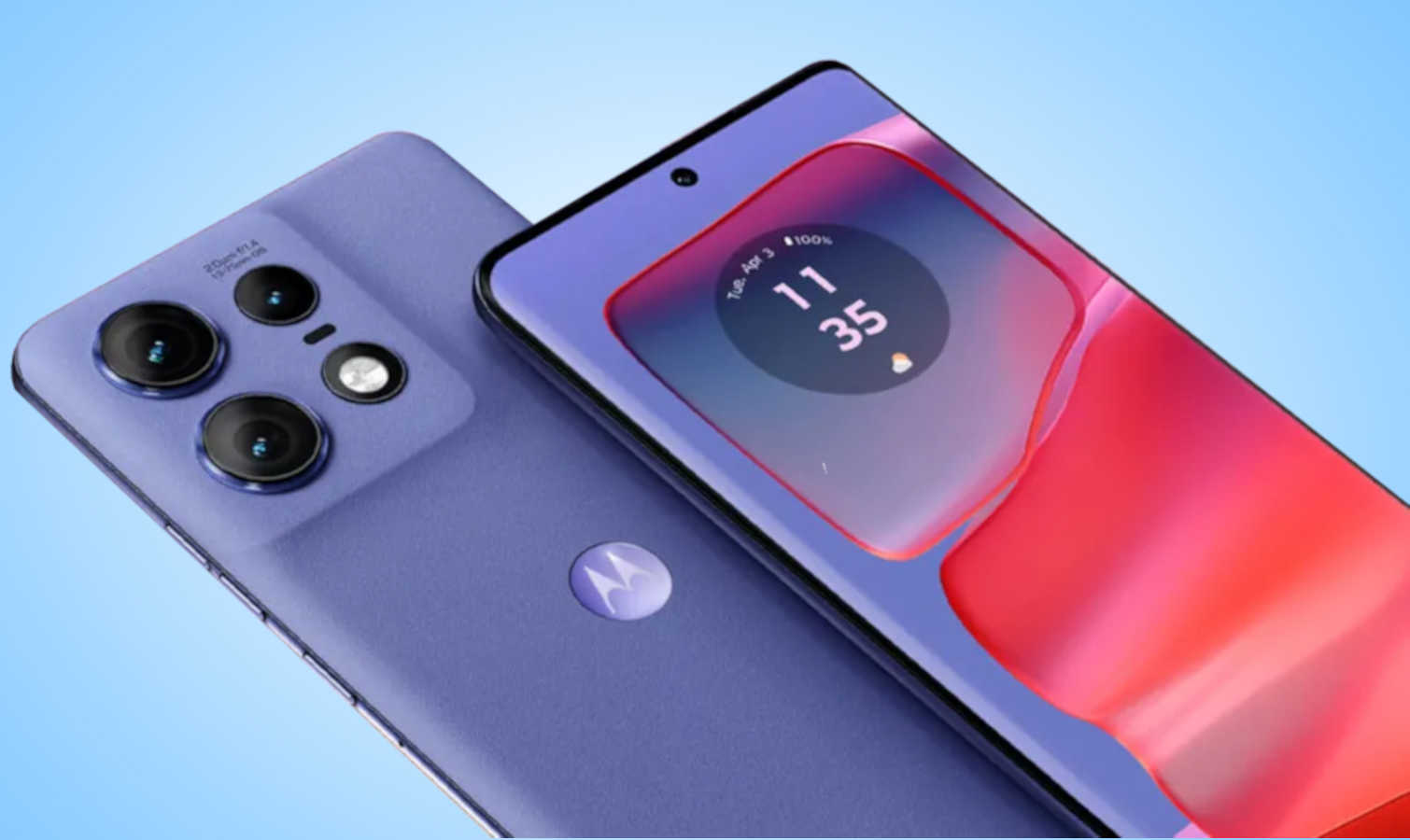
I've been testing out the Motorola Edge 50 Pro lately, and with that chance came an opportunity to test out one of my long-held biases — I generally don't like curved screens on phones. Regularly using aa phone with a curved display allowed me to revisit that belief to see if I was right all along or if I've judged screens like that too harshly.
Curved screens aren't a new development, having been with us for a while, though it seems they've fallen out of favor. Certainly, Samsung dropped that element from its flagship phone design with the Galaxy S24 earlier this year. Before that, however, it was hugely popular even if I never owned such a phone. True, I typically turn to the iPhone, and Apple never really embraced curved screens, but I also developed my disdain for that type of display during my time as a Samsung phone engineer.
However, if I am being fair, my time as an engineer only allowed me to see the phones at their worst, so judging a device's design based only on that is unfair. I don't want to judge the phone based on one design choice alone.
My curved screen assumptions

My biggest issue with curved screens on phones boils down to watching videos. Maybe it's because I'm used to flat screens with easily defined borders, but when I look at a curved screens, I worry that parts of the video get lost to the curve. Maybe it would have been better to give screens an inward curve, the same as many PC monitors now use.
But there are other issues with curved screens, namely bad app optimization for touchscreens. App makers place buttons on the side of their apps, and that can make it difficult for curved screens to register touches. It can also make swiping a challenge, if that swipe starts anywhere near where the screen starts to curve.
I also don't like how frail a curved screen makes phones appear. Going back to my experience working with Samsung phones, I noticed that curved Galaxy screens had a higher tendency to crack or break when dropped, due to how the screen was designed. And the problem gets amplified by cases that cover the back of the phone but not the entire device.
Using a curved screen
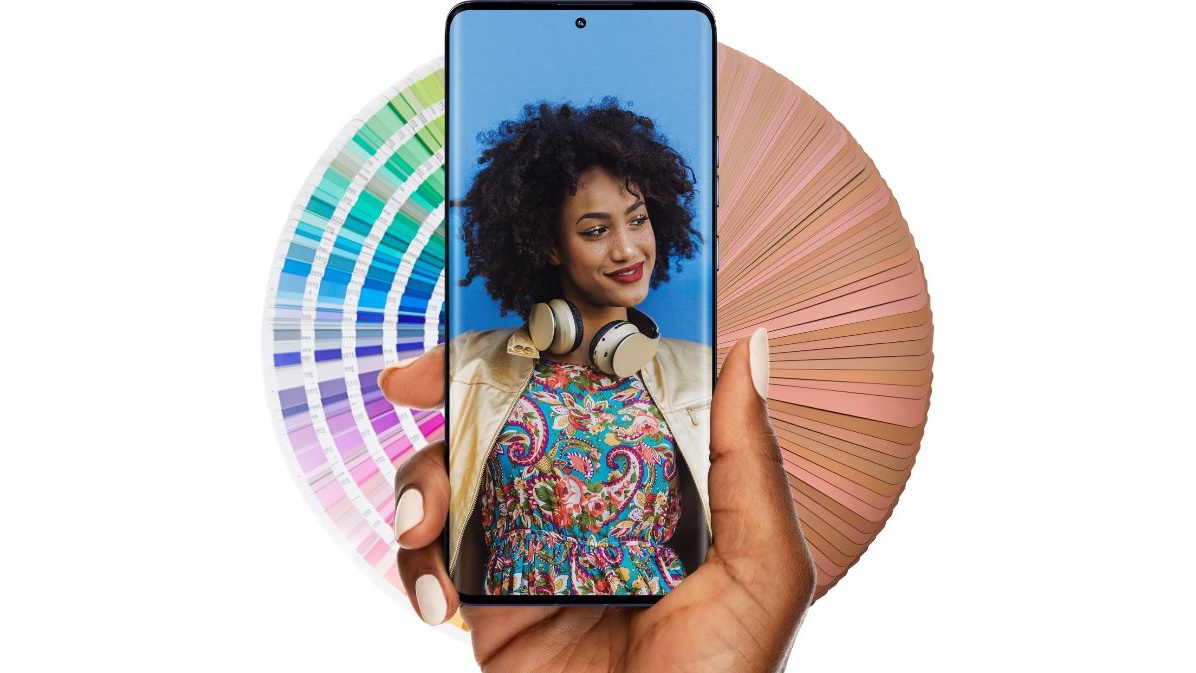
As you probably guessed, I wasn't sold on the design of the Motorola Edge 50 Pro when I started using that phone, but it turned out that not all of my previously-held notions about curved screens were correct. For instance, the Edge 50 Pro's design allowed the phone to fit comfortably into my hand, more so than I would have thought. This goes doubly so with having it in my pocket where it was much less noticeable than the more blocky phones I am used to.
Get instant access to breaking news, the hottest reviews, great deals and helpful tips.
In my time using the Motorola Edge 50 Pro, I didn’t come across the issues with durability that I thought I might, even while having the phone in my pocket. The case that came with the phone only covers the top and bottom of the bezel and doesn’t seem to protect the screen. I looked for more case options but couldn't find anything.
However, I am still not sold on the design for several reasons. While the Motorola Edge 50 Pro was much easier to hold, I found my fingers overlapped the screen in ways a phone with flat edges would mitigate. I also found it odd to watch videos or read on the Kindle app, especially when the Edge 50 Pro was lying flat. It was less pronounced than I had thought, and the curve did remove the borderlines which could be nice, but I wasn't sold.
As I predicted, games were less fun on the curved screen and the touch registration was very up and down. Games like Warhammer 40,000: Taciticus weren't as enjoyable on a curved screen, though to be fair, other options like Marvel Snap weren't as bad. Basically, if I had to press on the side, the Edge 50 Pro wouldn't always register what I was doing.
Would I buy a curved phone?
Curved screens had their moment, and I can see why some people liked them. But at the same time, I understand why many phone makers are moving away from that look. While curved screens don't have all the flaws I assumed they would, my time with a curved display didn't turn me into a convert.
More from Tom's Guide
- New leak shows Samsung Galaxy S24 FE is still on the way
- Bye Siri! iOS 18 will let you use voice commands without a wake word
- Google's Pixel 7a is a terrific midrange phone, but you absolutely should not buy it right now

Josh is a staff writer for Tom's Guide and is based in the UK. He has worked for several publications but now works primarily on mobile phones. Outside of phones, he has a passion for video games, novels, and Warhammer.
